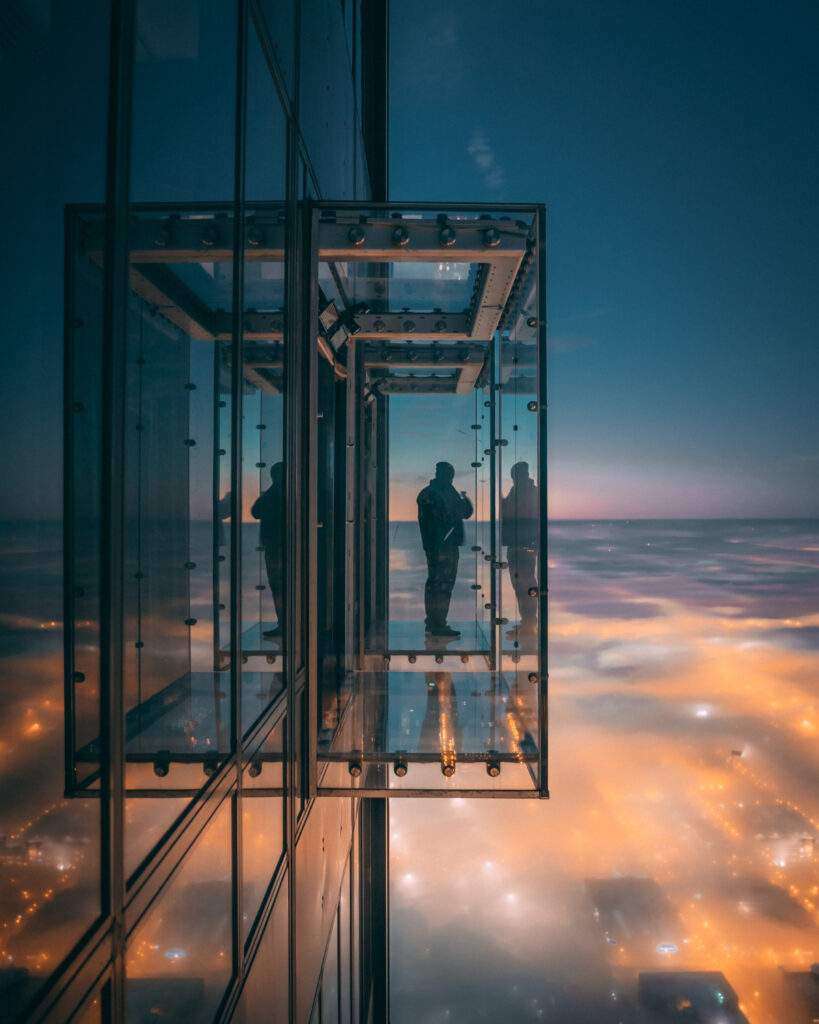
An exciting adventure, stained glass art requires not just imagination and skill, but also precision and the necessary equipment. As we go deeper into the essential machinery used by every stained glass company, it becomes clear that each tool is a stroke in the artist’s palette, contributing to the masterpiece that emerges from their skillful hands.
1. Glass-Slicer
The glass cutter is like the baton of a conductor, directing the artist toward clean, exact cuts. Modern glass cutters provide not only precision but also efficiency, allowing artists to reach new heights with their work as a result of technological advances.
2. Soldering iron
The soldering iron is a vital instrument in the orchestra of stained glass G construction, facilitating the flawless union of individual glass elements. The flexibility to adjust the temperature allows artists to experiment with different kinds of glass, giving their creations more delicacy and depth.
3. Glass Cutter
Think of the glass grinder as the final step in bringing out each piece’s luster. In addition to improving the piece’s looks, rounding off sharp corners serves as a precautionary measure that makes the finished product less dangerous to handle.
4. Rolls of Copper Foil Tape
Stained glass’s unheralded hero is copper foil tape, which greatly improves the pieces’ durability. It may be used to strengthen edges and embellish surfaces with fine details, giving creatives a tool that serves multiple purposes.
5. When the Decelerator Hit
When it comes to assembling stained glass, the tried-and-true approach is lead came. When artists are aware of the benefits and drawbacks of a method, they are better able to make an informed decision about which one to use.
6. Stained glass
Stained glass art’s design foundations are glass patterns, where the artist’s imagination can run wild. Advice on personalization further equips creators to imbue their works with a distinctive flavor, making each an expression of the artist’s individuality.
7. Protective Equipment
Safety equipment is the armor that allows stained glass artisans to fully immerse themselves in the symphony of creation. Safety glasses shield the eyes from glass splinters, gloves provide a barrier against sharp edges, and a well-ventilated workspace ensures that artists may breathe freely as they bring their dreams to reality. This part stresses the need of a safe and healthy work environment, encouraging artists to put themselves first.
8. Ultraviolet (UV) Lamp
Think of the UV light as a conductor setting the tempo for your imagination. This device quickens the curing time of selected adhesives, allowing artists to quickly progress from one stage to the next. This section provides insights into the factors artists should consider when selecting an appropriate UV lamp, enabling them to make well-informed decisions that meet their individual demands.
9. Adhesive for Glass
The choice of adhesive is like an invisible force that holds the pieces of a stained glass panel together throughout the dance of assembly. Different adhesives are discussed, along with their properties and uses, in this section. Artists receive a thorough understanding of how to select the glue that best compliments their artistic vision, from maintaining a secure grip to comprehending the curing durations.
10. The Desk
The tabletop serves as the setting for the stained glass performance. From a steady table to a customized workstation, this section highlights the value of a reliable workspace. DIY vs. professional concerns are laid forth for artists so that they can build a strong and personalized framework for their creative projects.
Frequently Asked Questions
Can I use a regular glass cutter on stained glass?
Sure, but if you want accuracy and convenience, get a glass cutter made specifically for stained glass. This detailed explanation emphasizes the subtleties that contribute to a more efficient creative process by highlighting the elements artists should look for in a glass cutter.
To what end does using a UV lamp in stained glass projects serve?
In addition to covering the topic of acceleration, the new and improved section delves deeper into the ways in which a UV lamp improves the quality of stained glass projects as a whole.
Where can I get the necessary protective equipment for working with stained glass?
This section expands on the particular safety equipment, explaining why each item is so important, and providing useful advice for artists to maintain a secure and risk-free workplace.
Conclusion
To sum up, becoming a stained glass artist is an adventure in originality, accuracy, and tool mastery. Each of the 10 fundamental instruments described in this essay is not simply a means to an end but a companion on the artistic adventure. From the first cut to the last polish, these instruments are the unseen partners who bring artistic visions to life as stunning works of stained glass.